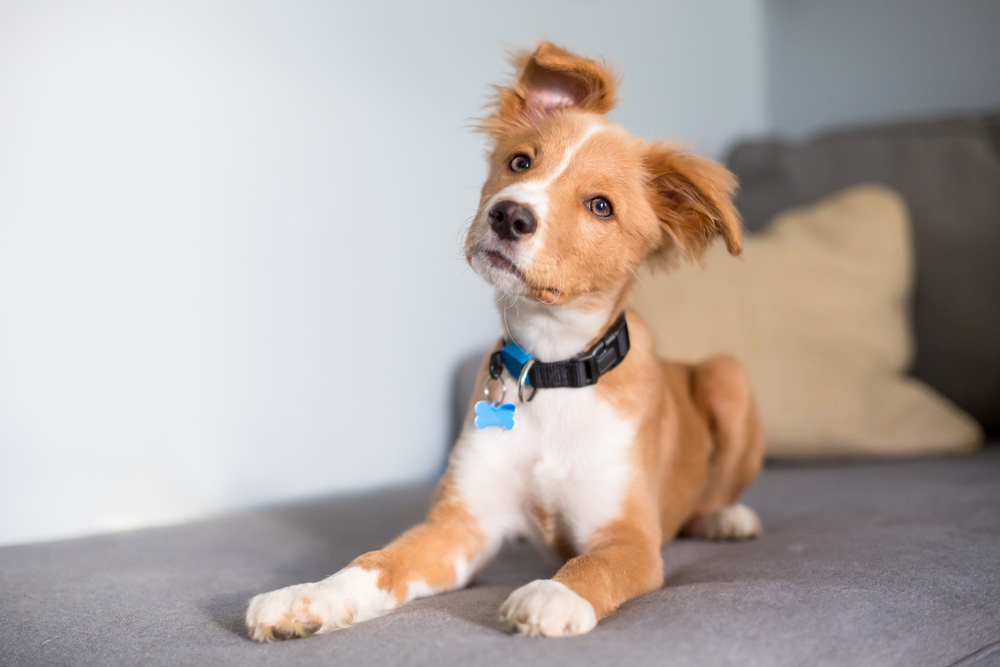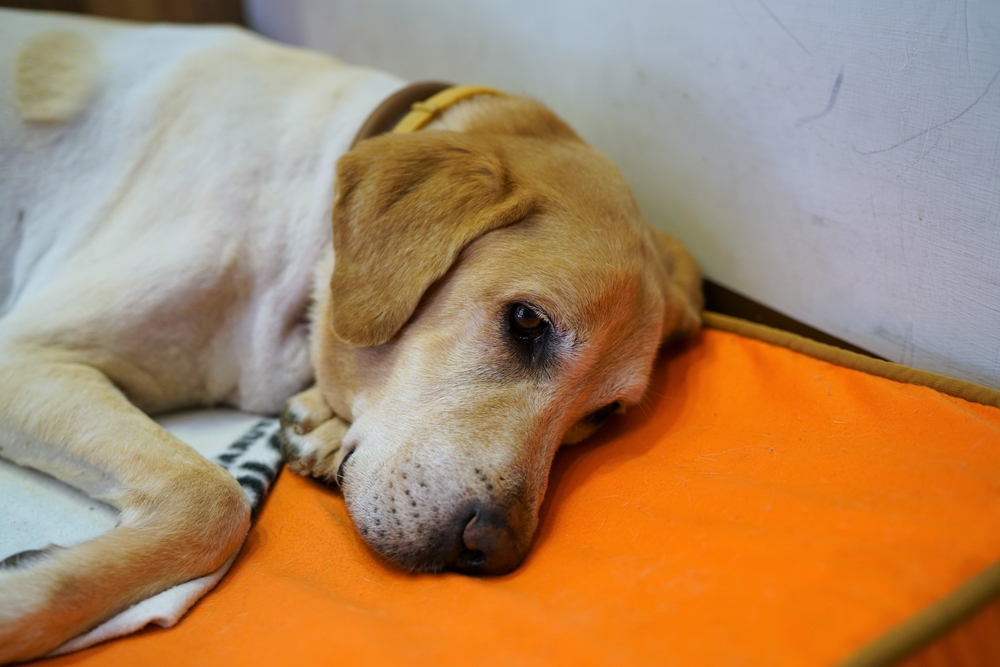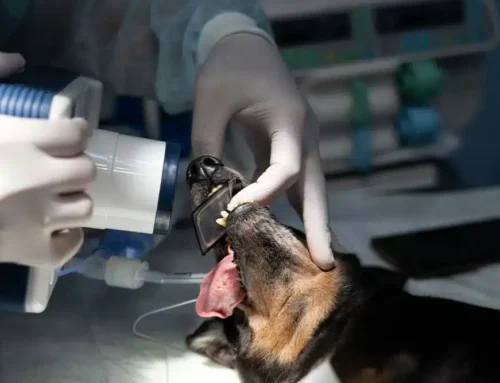With advancing age comes the increased potential for health issues, especially in senior dogs, who can become wobbly on their feet for a variety of reasons, including arthritis, degenerative myelopathy, or hypothyroidism. They can also suffer from old dog vestibular disease.
Old dog vestibular disease can be triggered by several causes, such as inner ear problems, trauma, a brain tumor, or nervous system dysfunction, but often develops spontaneously with no obvious reason. Therefore, old dog vestibular disease is also known as canine idiopathic vestibular disease.
Despite your alarm, when you have a clear understanding of this neurological disorder and provide constant comfort and care, you can help your aging pooch navigate the condition.
What is old dog vestibular disease?
Old dog vestibular disease affects a dog’s balance and coordination. The vestibular system, which is responsible for maintaining balance and spatial orientation, is located inside the inner and middle ear and can more easily be disrupted in older dogs. Any disease that targets the ears or nervous system can lead to balance, head position, and eye movement abnormalities.
What are old dog vestibular disease signs?
Old dog vestibular disease develops suddenly, but signs generally do not progress or worsen over time. If no underlying cause exists, signs typically improve without treatment in two to three weeks.
The most common vestibular disease signs in dogs include:
- Loss of balance — Dogs with vestibular disease often experience difficulty maintaining balance, leading to a staggering or unsteady gait (i.e., ataxia).
- Head tilt — A common sign is a noticeable head tilt, indicating dysfunction in the vestibular system.
- Nausea and vomiting — Some dogs may be nauseated and may vomit because the disease causes disorientation.
- Rapid eye movement — Abnormal eye movements (i.e., nystagmus) are frequently observed in dogs with vestibular disease.
- Disorientation — Dogs may seem confused or disoriented and will often circle in one direction.
- Horner’s syndrome — The upper eyelid and muscles on one side of the face may droop in affected dogs.
What causes old dog vestibular disease?
While the exact cause of vestibular disease in older dogs is often unknown (i.e., idiopathic), several factors may contribute to its development. These include:
- Ear infections — Infections affecting the middle and inner ear can disrupt the vestibular system.
- Tumors — Benign or malignant masses, such as polyps or cancerous tumors, may develop in the ear or brain and cause vestibular signs.
- Trauma — A traumatic injury (e.g., rupturing the eardrum while cleaning the ear with a cotton swab) can damage the structures involved in balance.
- Hypothyroidism — Neurological issues can be triggered by hypothyroidism and cause vestibular signs.
- Medication — Rarely, certain medications can contribute to vestibular disturbances.
How is old dog vestibular disease diagnosed?
To diagnose vestibular disease, it’s important to know your dog’s medical history, current medications, when abnormal signs started, and their progression.
Diagnostic testing can include:
- Comprehensive physical exam
- Neurological exam
- Blood tests
- Ear cytology
- Urinalysis
- Imaging (e.g., X-rays, CT scan)
Although old dog vestibular disease is often idiopathic, potential causes must be ruled out to ensure treatment is not necessary.
How is old dog vestibular disease treated?
Treatment options vary, based on the underlying cause, but supportive care is often the primary approach. Supportive care is based on your dog’s signs and may include:
- Medication — Prescribed medications can help manage signs such as nausea and motion sickness.
- Fluid therapy — Your dog may need intravenous (IV) fluids to maintain hydration.
- Nutritional support — Pets who are unable to hold themselves in a normal position to eat may require nutritional support.
- Elimination assistance — Unbalanced pets may struggle to urinate and defecate without assistance and may need support while eliminating and stringent hygiene measures.
- Restricted activity — Limiting physical activity during the acute phase helps prevent further injury from lack of balance.
What is the prognosis for dogs with old dog vestibular disease?

The good news is that many dogs show significant improvement after a few days or weeks, and often return to near-normal function. Some dogs may develop a permanent head tilt or their ataxia episodes may continue after other signs have resolved. You must be patient and provide your furry friend with the necessary care and comfort during their recovery.
Old dog vestibular disease can be challenging for pet owners and their canine companions. If you suspect your older dog may be suffering from vestibular disease, or you notice a sudden head tilt or incoordination, contact our Peak Pet Urgent Care team.







Leave A Comment